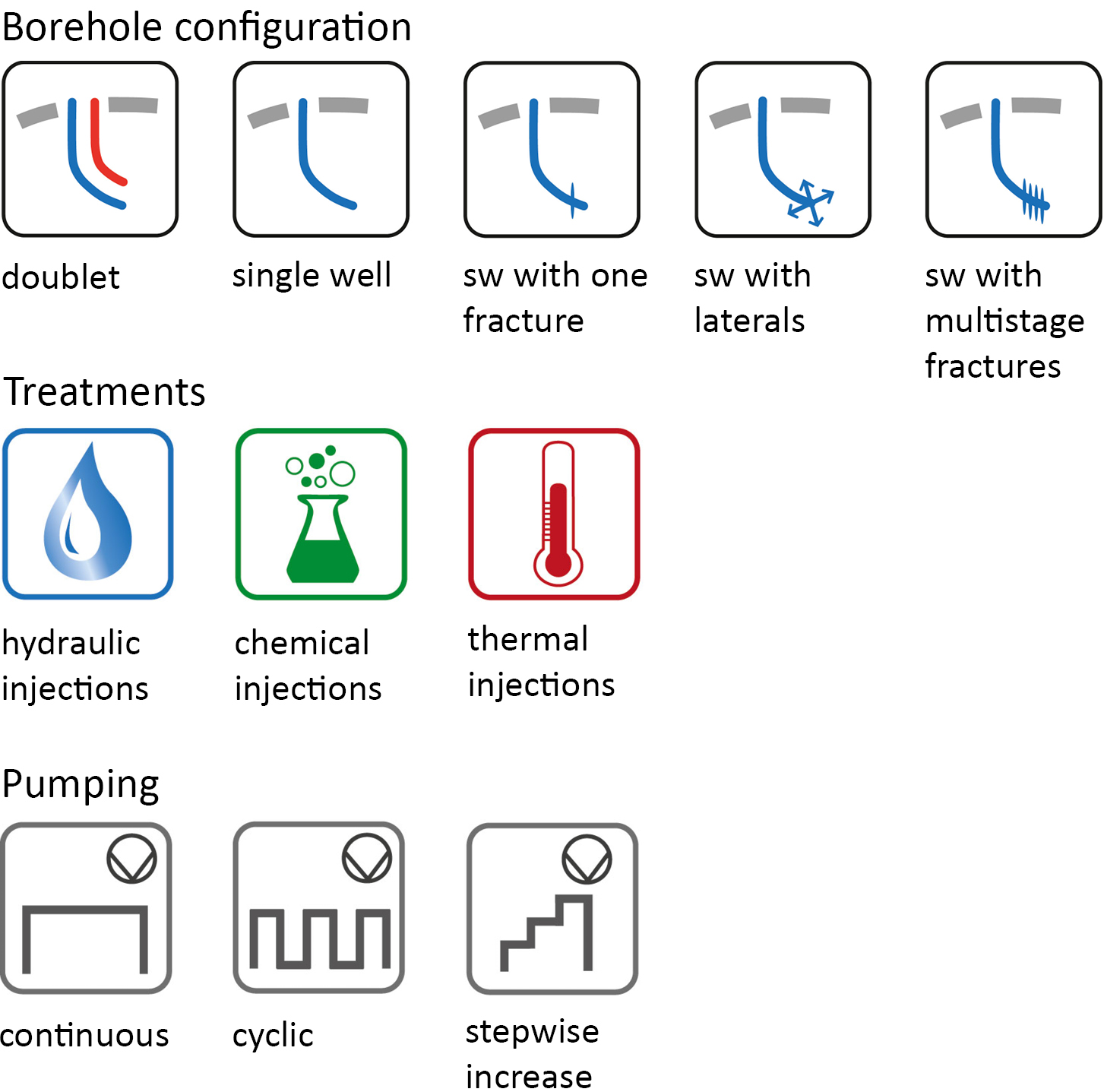Technological Approaches
Specific challenges of the different European geothermal sites in varying geological settings require tailored technological approaches. DESTRESS therefore aims to demonstrate different treatment procedures.
Each of these treatments (HCrad_ss, HCT_ss, HCT_gr, THMcycl_base, THMms_base) has been validated in relevant environments. Some of them, e.g. the multi stage stimulation, are routinely applied in shale gas exploitation but have not yet been tested for geothermal reservoir enhancement. The DESTRESS concept is to demonstrate all these applications for different geological settings.
The new technology will be implemented and tested with the proposed experiments in DESTRESS. Despite greatest care when implementing, the experiment may cause damages to the borehole. All testing in DESTRESS is done with the acceptance of the involved industry partners who will take over the liability for such damages as well as consequential loss of profit. Therefore, well owners participate at their own risk.
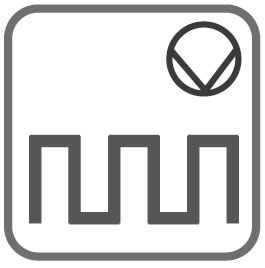
1. Cyclic stimulation for mitigation of severe seismic events: THMcycl_base
The aim of cyclic stimulation treatments is to control the fracture propagation and simultaneously reduce the risks of unwanted seismic events beyond a certain threshold depending on the vulnerability and exposure of people, buildings and infrastructure. The layout of cyclic stimulation treatments depends on the geological setting such as the recent stress field, pre-existing fractures and fault zones and the properties of the different geological units involved. These treatments will be based on the simulation scenarios derived from advanced models whose results and recommendations will be adopted to the proposed site (Groß Schönebeck).
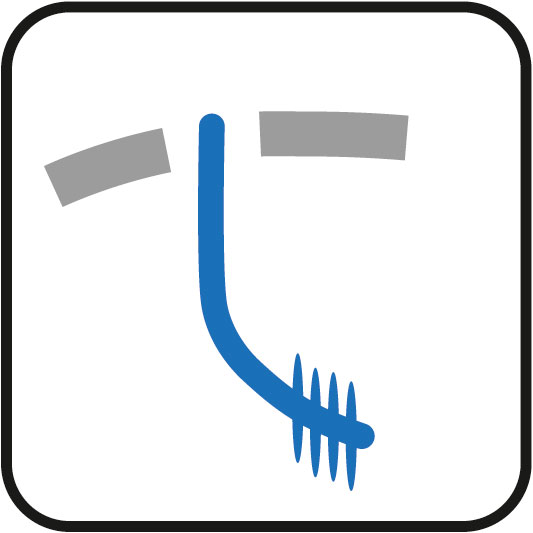
2. Multi stage stimulation: THMms_base
The probability of achieving an economically viable EGS project in a randomly fissured crystalline rock is less than 10% without the help of an efficient method for sectioning and successfully stimulating individual sections. Technologies will be demonstrated for general geothermal application, which can efficiently reduce the risk of the low-end outcomes. These technologies exist in other industries, namely oil and gas, but must be adapted to and tested for geothermal operating conditions.
The advantage of a multistage system, compared to a single stage system, becomes obvious if one compares the vertical single stage open hole system with the multi stage system: even in the case of a 50% failure rate of the stages of the multi stage system, the electric power outcome is multiplied by a factor of 2.9, while the costs only increase by a factor 1.6. In case of complete success for all stages (0% failure), the corresponding electric power is 6.2 times higher than a successful single stage completion.
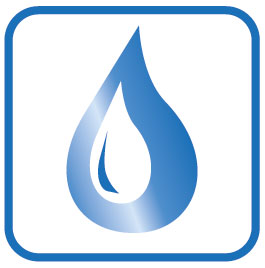
1. Formation damage: combined hydraulic-acidization based on drilled radials: HCrad_ss
The treatment is based on the analysis of historic injectivity data, and analysis of transient pressure-time and pressure-derivative responses to identify well-losses and/or skin effects. The idea is to drill so called deep radials21 into the formation penetrating the radius of the damage zone, which subsequently should be stimulated with HCl (hydrogen chloride).
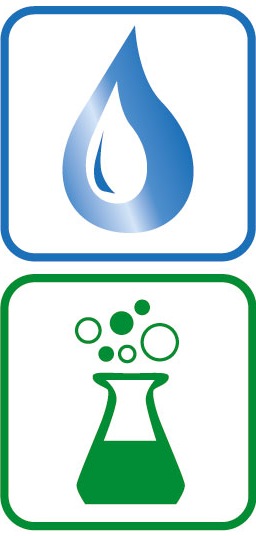
2. Natural low permeable due to healed (e.g. with carbonated) fissures within the sandstones: combined thermalhydraulic-acidization: HCT_ss
For stimulation methods, chemical treatment and mode-1 hydraulic stimulation are considered. These methods have proved to be effective in hydrocarbon industry applications, removing formation damage and increasing pore space, and paved the way for tight gas development in large regions in northern Europe, marked by negligible levels of induced seismicity. Demonstration of this type of soft stimulation in deep buried (Triassic) clastic reservoirs with low natural permeability would significantly enhance the geothermal resource base in an extensive area in northern Europe, including the UK, Netherlands, France, Germany, and Poland.
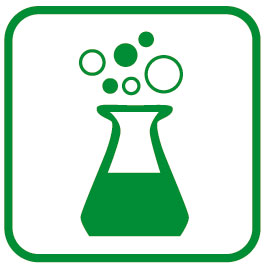
Sealed pre-existing fractures: Hydraulicacidisation stimulation with temperature effect by cold water injection: HCT_gr
Chemical injection tests with specific chemicals which are able to dissolve hydrothermal minerals during long-term circulation will improve the injectivity index with time. The long term injection tests (hours or days) will demonstrate the sustainable enhancement of the stimulated rock volume. The sustainability will be controlled by similar tests (e.g. each year). The composition of the injection fluid will be based on laboratory testing with the specific rock samples from the wells. Analysis of the impact of the stimulation on the long-term deformation (creep) will be carried out by laboratory experiments.



